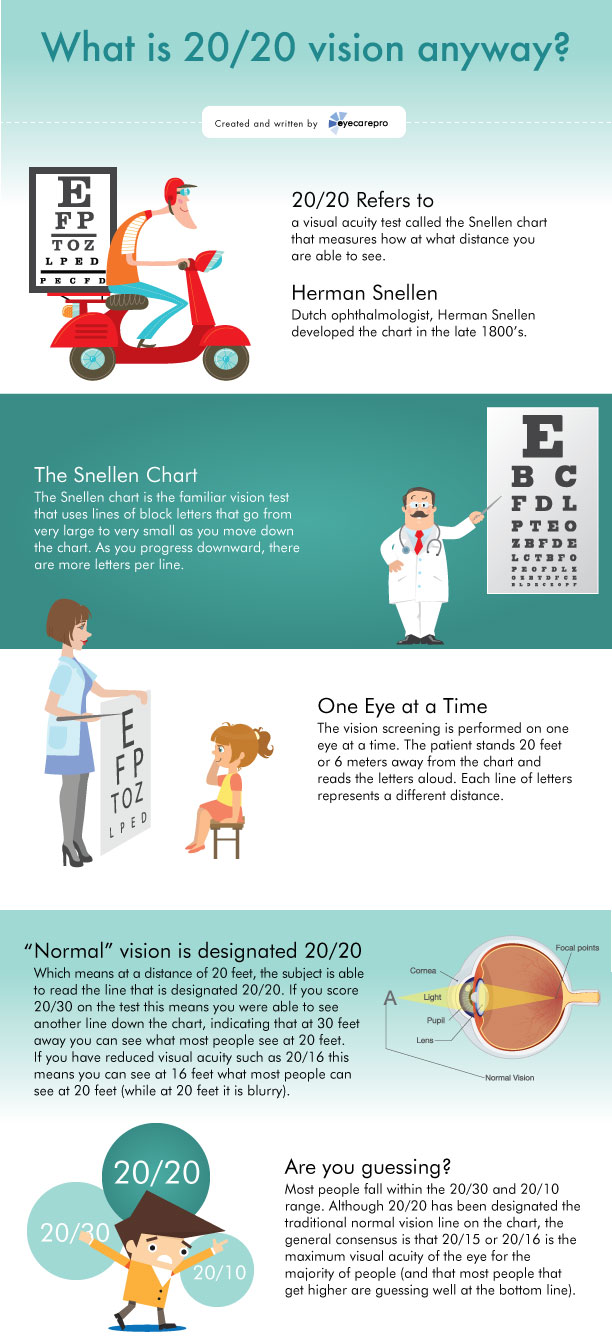Understanding The Various Types Of Intraocular Lenses For Cataract Surgery

Article by-Mathews Melvin
During cataract surgical treatment, your all-natural lens is removed and replaced with an artificial lens. Your specialist will certainly go over with you the different types of IOLs readily available to decrease or eliminate your need for glasses after surgical procedure.
Common IOLs have one concentrating range and are usually established for clear distance vision. https://telegra.ph/Lasik-Vs-Prk-Which-Procedure-Is-Right-For-You-05-31 , likewise called multifocal or accommodative lenses, have zones with various concentrating staminas to permit you to see far and wide objects without glasses.
Monofocal IOLs
Requirement monofocal lenses are used most regularly to deal with cataracts during a treatment called refractive lens exchange (likewise referred to as clear lens exchange). The cataractous natural lens is replaced with a fabricated one, leading to enhanced vision.
These IOLs give clear vision at a solitary distance. They are normally readied to optimize your distance vision, yet you will still require reviewing glasses for near things.
Read Homepage are made from an acrylic product that is adaptable and also foldable. This enables your optometrist to put them right into the exact same cut whereby your all-natural lens was removed during surgical procedure. Your ophthalmologist can review your IOL choices with you and suggest the best strategy for your visual requirements.
Multifocal IOLs
These superior lenses offer a range of emphasis regions, eliminating the requirement for glasses to see up close, far or in between. This is attained through numerous especially made concentrating powers or by fitting (altering shape) the lens. It may take a while for your brain to get used to these lenses, yet the vision they provide is well worth the effort!
These lenses are separated into 2 primary groups based upon exactly how they flex light to produce several retinal pictures. They can be identified as refractive multifocal as well as diffractive multifocal lenses.
Refractive Multifocal IOLs have multiple curvatures to develop "refractive zones" that bend light to produce several retinal images with various dioptric powers. This allows for a higher degree of photo high quality without depending on the size of the student. Instances include the Tecnis Multifocal and Panoptix.
Toric IOLs
In people with astigmatism, the curve of the cornea is somewhat incomplete, so light entering the eye is not concentrated in one area on the retina. This results in blurry vision. During cataract surgical treatment, toric IOLs are straightened so the lens's steepest portion matches this curve and creates clear, sharp vision.
Toric IOLs are a terrific choice for individuals that require cataract surgery as well as intend to decrease their dependency on glasses or contact lenses. Nevertheless, a toric IOL needs to be completely aligned for optimal visual end results. For every 3 levels of misalignment, the IOL is 10% less reliable.
To lessen the danger of postoperative IOL rotation, the ocular viscoelastic tool (OVD) ought to be completely eliminated from the capsular bag before IOL insertion. During this step, the cosmetic surgeon ought to meticulously mark the steepest point of the cornea to help lead the IOL's axis after it is implanted. This aids prevent the individual from having to undertake surgical procedure once again to have the IOL re-aligned.
Prolonged Deepness of Focus (EDOF) IOLs
A new technology has actually recently arised in the therapy of presbyopia called Extended Depth of Emphasis (EDOF). These lenses utilize a single elongated prime focus to enhance range of vision. The resulting lenses do not have the multiple factors of emphasis of multifocal IOLs, which can trigger halos and glare for some individuals.
https://postheaven.net/napoleon273william/inquiries-to-ask-your-lasik-specialist-prior-to-surgery would certainly offer a sharp focus over a variety from plano to -1.50 D, permitting clients to see near, intermediate, as well as distance items without glasses. The first EDOF IOL to be introduced was the diffractive layout of the Tecnis Symfony IOL, which uses light-splitting rings to expand the range of vision. Nevertheless, this style can create a decrease on the other hand level of sensitivity that numerous patients do not tolerate well.
A more recent non-diffractive EDOF IOL is the Vivity IOL, which integrates aspheric optics with a pinhole design to increase depth of emphasis. This design reduces induced aberrations as well as might cause much better comparison sensitivity, though it does not fully correct for astigmatism or enable functional near vision.

